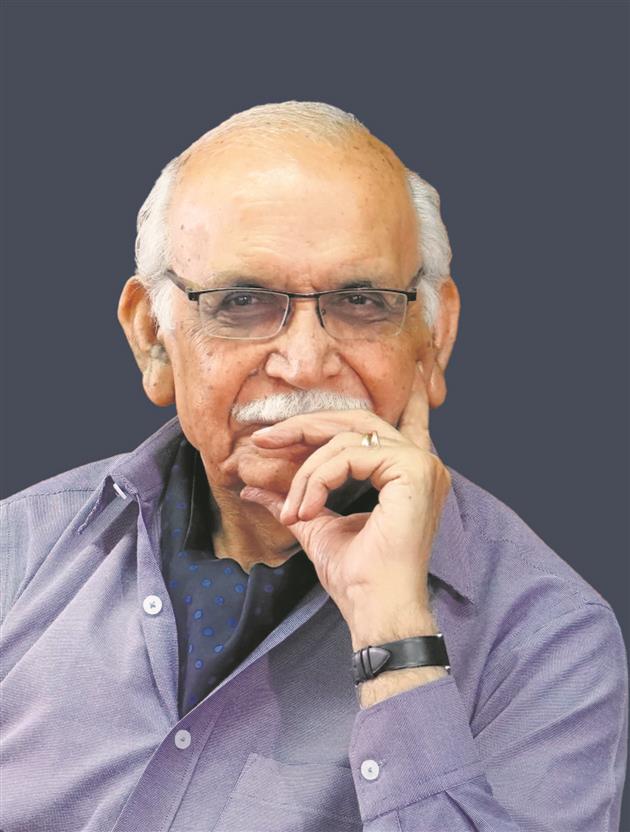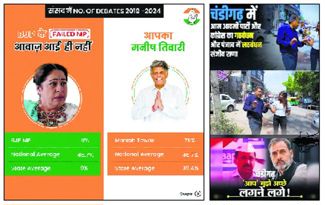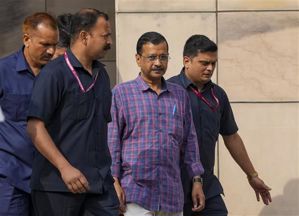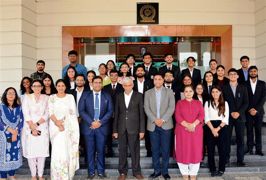
BN Goswamy
It happens ever so often, but I am still not able to get over my shock whenever someone who I regard as possessed of some learning — not merely literate — or has even a faint trace of interest in culture, tells me that he has never read anything by Coomaraswamy. To disagree with Coomaraswamy would be another matter; although one would have to be very bright and very sure of oneself to be able to join issue with one of the subtlest minds of our century: but not to have read anything by him, perhaps not even to have heard of him?
The thought fills me with despair. For this remarkable man, born close to a 125 years ago to a Tamilian father settled in what was then called Ceylon, and an English mother, grew up as a true citizen of the two worlds of the West and the East, and started his career as a geologist, remains to this day one of the most impassioned and eloquent interpreters of the art and thought of the East in general, and India in particular.
And he wrote like an angel. Who can match in brilliance or insight his essay on “The Dance of Shiva” where he makes us enter the minds of the south Indian bronze casters of a 1,000 years ago? Or the disquieting thoughts he insistently raises when he asks, in two of the 600 odd titles that he wrote in his lifetime, “Why Exhibit Works of Art”, or “Am I my Brother’s Keeper?”
One of my great favourites is the passage in which he speaks of the spirit of “Rajput Painting”, something that he discovered and presented to an admiring world in 1916:
“Their ethos is unique: what Chinese art achieved for landscape is here accomplished for human love. Here, if never and nowhere else in the world, the Western Gates are opened wide…. Rajput art creates a magic world where all men are heroic, all women are beautiful and passionate and shy, beasts both wild and tame are the friends of man, and trees and flowers are conscious of the footsteps of the bridegroom as he passes by.”
Ananda Coomaraswamy was a difficult man in many ways, quick to make enemies. But, as Roger Lipsey who wrote a two-volume work on him remarked: he conquered by scholarship, eloquence, and a completely uncompromising set of values. “He was partly a prophet, and at worst a preacher, but at best a seer — an unexcited, inecstatic one, a clear and cultured intelligence that thought it in bad taste to comment enthusiastically on ideas and works of art that can only be understood slowly.”
I hope many would read him, for a wonderfully stimulating experience awaits those that will. In any case, I hope to return to him in this column, from time to time.
A vision in white
In Delhi a few days ago, I was at a function organised by Lalit Kala Akademi to present a volume of essays on Indian Painting to the distinguished art historian, Karl Khandalavala. The book was formally “released” by Dr Karan Singh who spoke on the occasion with the same refinement and the same clarity of thought — in that wonderfully cadenced voice of his, one might add — which one has come to associate with him. He spoke of the place that art occupies — or at least ought to occupy — in our lives, and of where it might lead us.
In this context, almost Coomaraswamy fashion, he began to speak of a dhyana in Sanskrit of the goddess Mahalakshmi: seated on the world lotus, dressed in raiment of the purest white, holding white lotuses in her hands, bathed by the elephants of the four quarters with streams of water poured from golden urns held in their trunks.
But it was more than a poetic vision that he was conjuring up with his words: he was speaking of what the image signified: of pure consciousness emerging like the lotuses from the mire of materiality, of mind made sthira by thought, of the delight that the subduing of baser instincts brings. As we listened, how many, I wondered, are inclined to see art as the many-layered thing that it is?
Intended eloquence
There is eloquence, and then there is intended eloquence. I often draw some amusement from the wordy “introductions” or “catalogue notes” that appear not infrequently in brochures that accompany art exhibitions, written sometimes by “critics”, sometimes by the artists themselves as a declaration of their “credo”. By now I have quite a collection of these.
A particularly good sample is the Introduction written by a teacher of philosophy at Patiala to a show of Sohan Qadri’s paintings held at Chandigarh last year. “Yes, here one experiences,” the good academic writes, “such a sensation of time, though time- sensing faculty is an exclusive progeny of music only…. Here, for the first time, Time ultimate has configurated itself into prismatic expansion (not into pin-pointedness). For others prism would but pinpoint “inclinedly”, and with Mr Sohan Qadri the “prism” behaves spontaneously and fountainlike….”
I would gladly have gone on quoting, but need to stop to catch my breath.
Join Whatsapp Channel of The Tribune for latest updates.


























